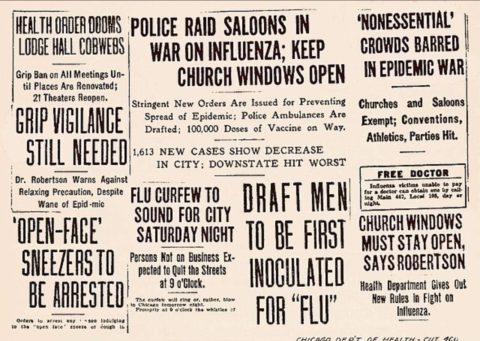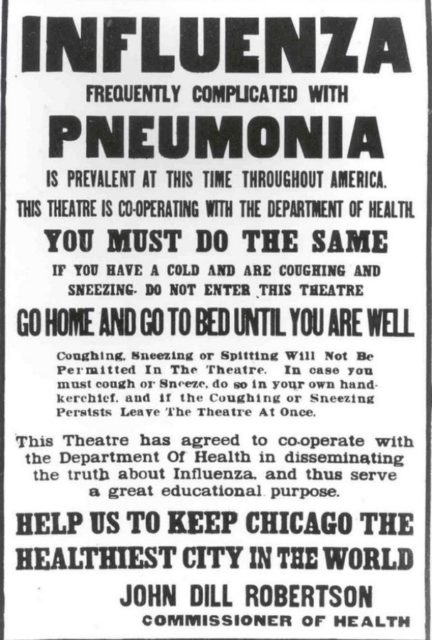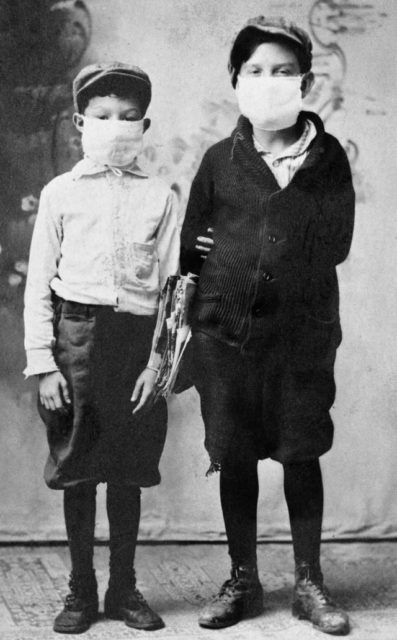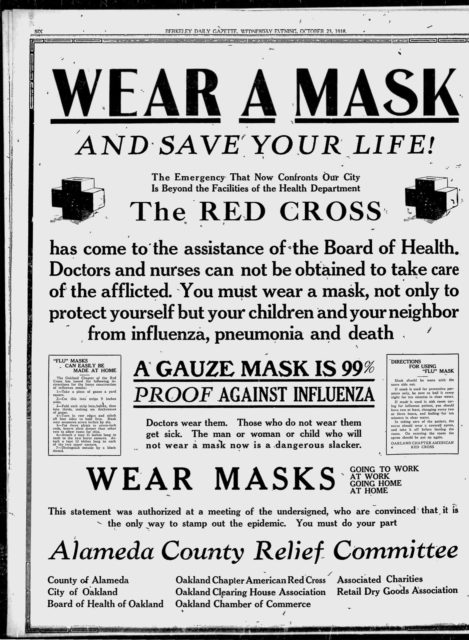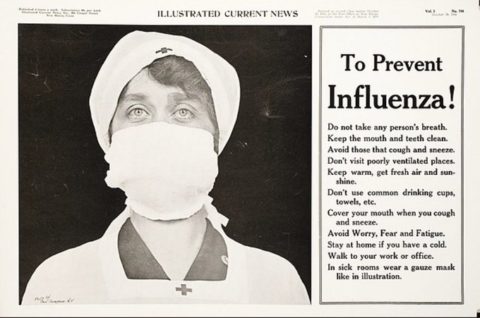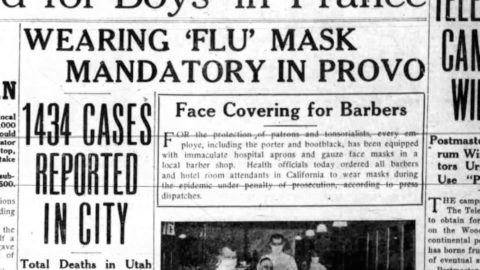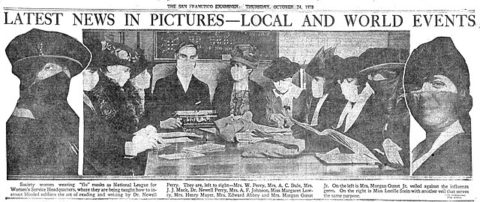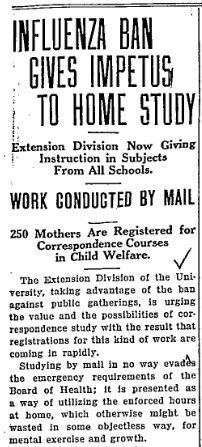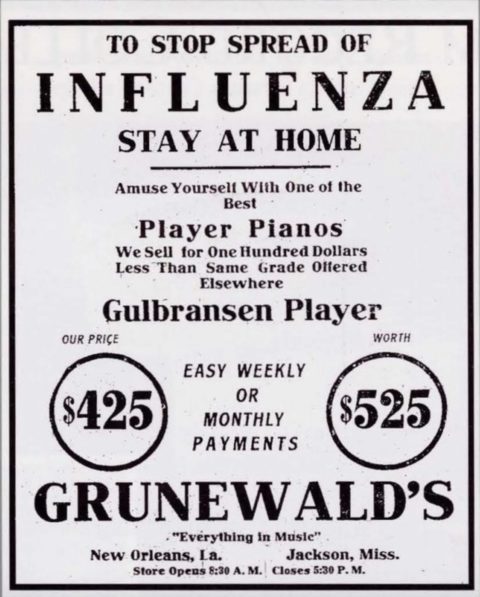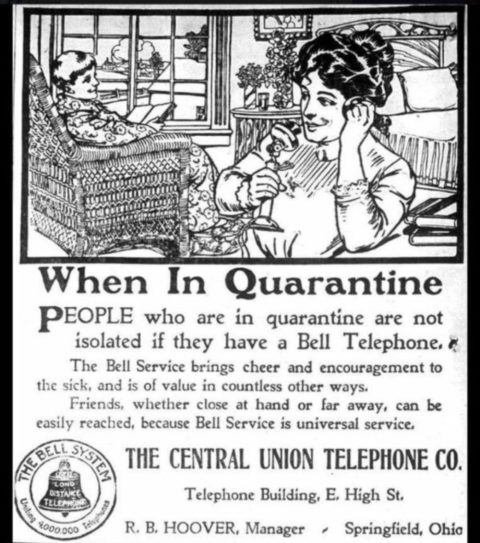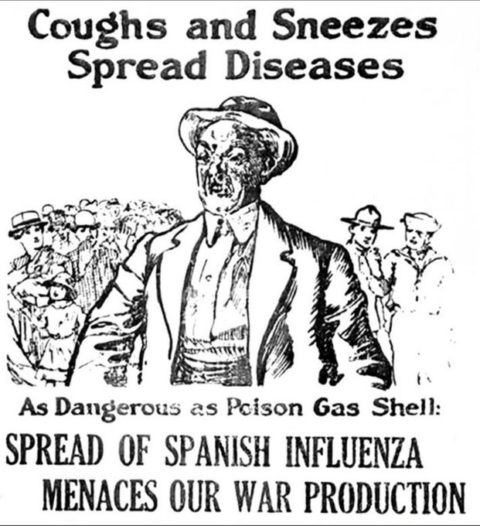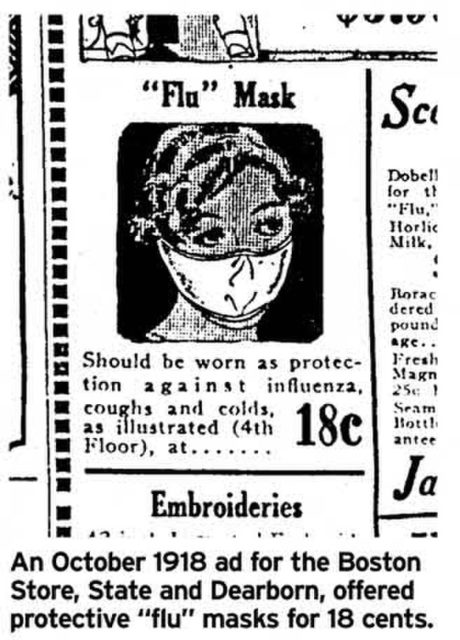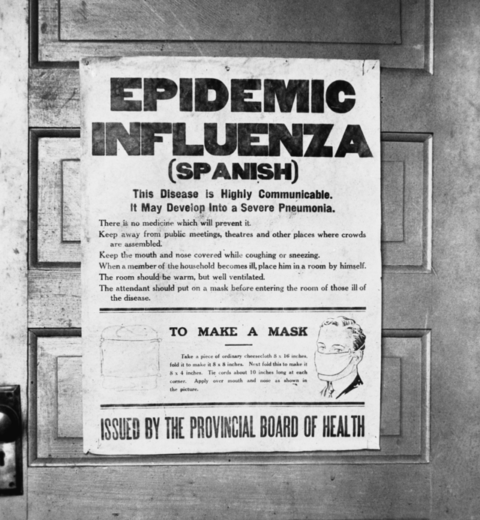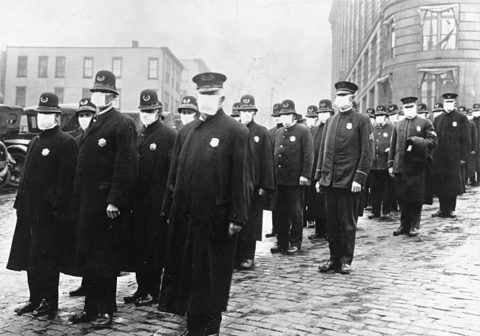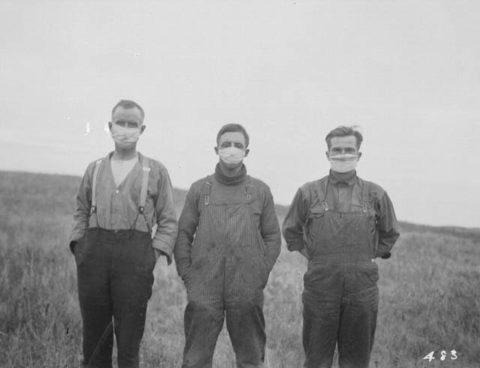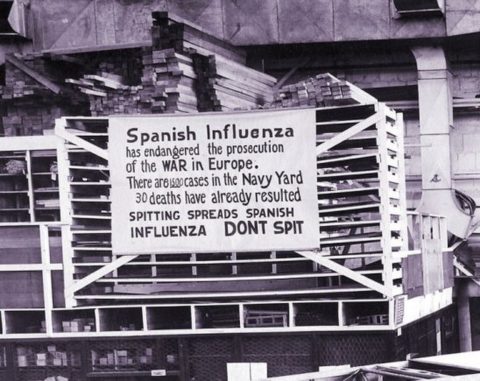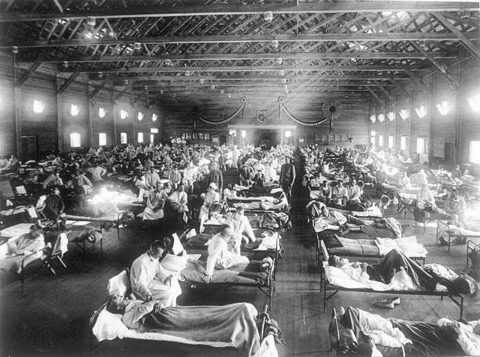The Great Barrington Declaration
The core premise behind the Great Barrington Declaration (GBD) was called “focused protection”. It was based on the fantastical notion that people could be easily divided into “vulnerable” and “invulnerable” categories and that the two groups could be completely walled off from each other for the duration of the pandemic. According to the GBD, once enough invulnerable people were infected, they would be immune to reinfection, the virus would vanish, and vulnerable people would emerge from isolation unscathed. As they confused their desires with reality, outside of vague, unworkable measures to “protect the vulnerable”, the authors of the GBD opposed any and all means to limit the virus, including vaccinating young people.
The GBD found a receptive audience in parts of the Trump administration, which adopted a “we want them infected” philosophy, and aside from advocating vaccines for children, the CDC had largely adopted their policies. A million deaths later, we are living in the world they envisioned, and if they are correct, we will have herd immunity by February 2023 at the latest. We’ll see.

“Basic principles of public health”
However, a frequent claim of the GBD authors is that the mass infection of unvaccinated children and young people merely represented a return to the “basic principles of public health”.

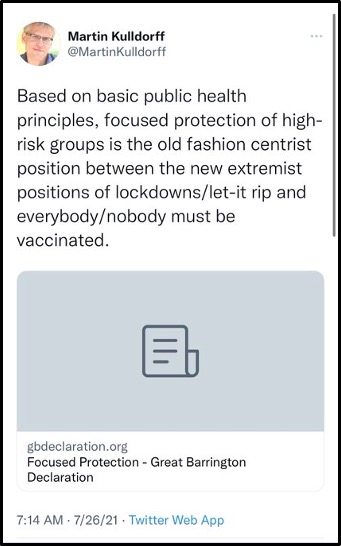
This is a bold claim. Is it true? Did public health officials purposefully infect people to contain past outbreaks? As some viruses are more dangerous to adults than children, exposing healthy people to viruses wasn’t entirely unreasonable in the pre-vaccine era so long as the first infection created robust, permanent immunity – which does not seem to be the case with COVID-19.
George Washington famously ordered his troops inoculated against smallpox using a procedure known as variolation. This was an ancient precursor to vaccination, in which people had smallpox injected into their skin. It was still risky, though much less risky than contracting smallpox naturally, and the discovery of the smallpox vaccine relegated this practice to the history books. Additionally, some parents would expose their children to chickenpox, as the disease is milder in children than adults. However, this was not a universally accepted practice even before the vaccine, and once a vaccine was available, only anti-vaxxers exposed their children to the virus. They were rightfully criticized for it. Children have the right to be protected against diseases that can hurt them. It’s a basic principle of public health that no child should suffer from a virus when a vaccine can limit these harms.
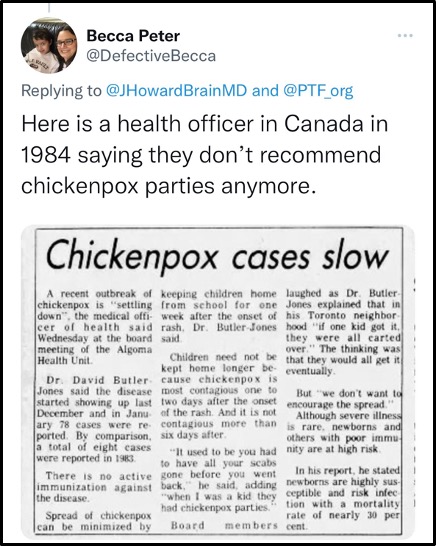
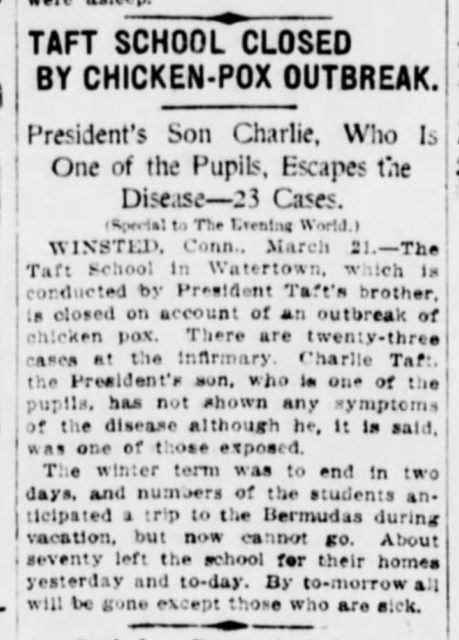
While there is some precedent for purposefully infecting people with viruses, this was done for the benefit of the individual, not to “protect the vulnerable”, and outside of fringe anti-vaxxers, such purposeful infections ended once vaccines became available. I’ve not seen the GBD authors use these particular examples as evidence supporting their position, nor could I find historical examples of public health officials exposing young people to a virus after a vaccine was available.
In fact, measures opposed by the GBD have been widespread in American history. For example, during a cholera outbreak in1866,
Sanitary efforts of the New York Board of Health in 1866, including inspections, immediate case reporting, complaint investigations, evacuations, and disinfection of possessions and living quarters, kept an outbreak of cholera to a small number of cases. “The mildness of the epidemic was no more a stroke of good fortune, observers agreed, but the result of careful planning and hard work by the new health board.” (Rosenberg, 1962) Cities without a public system for monitoring and combatting the disease fared far worse in the 1866 epidemic.
While these principles were not consistent with the GBD, their value was evident to people at the time. A book from 1919 titled Epidemics: How to Meet Them declared:
Science has made remarkable strides during the past century. The diseases which proved such a scourge in the past have been practically eliminated. It would be considered a disgrace to any civilized community to have an epidemic of smallpox, cholera, or yellow fever. We pride ourselves upon our success in eradicating these diseases.
Later, the Supreme Court ruled in favor of compulsory vaccination laws, and public health authorities would use measures opposed by the GBD to try to prevent polio. According to news reports:
In the summer of 1948, a polio outbreak in San Diego cancelled large gatherings, closed playgrounds, pools and camps, and delayed the opening of public schools in the region.
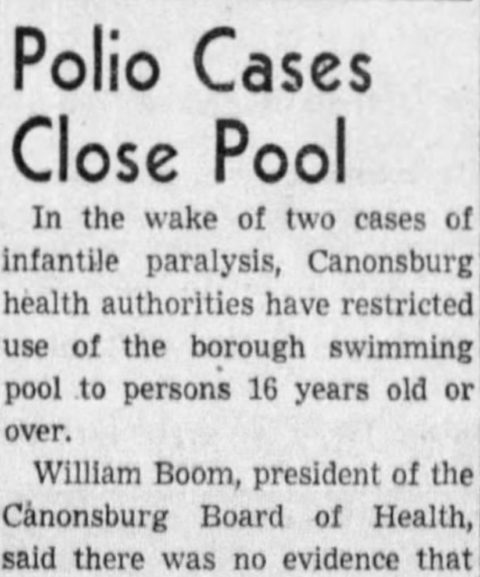
COVID-19 versus 1918 pandemic
However, the best comparison for COVID in modern times is clearly the 1918 flu pandemic, though a crucial difference was that the average age of death during that pandemic was 28 years. However, it was still a virus and people used public health measures opposed by the GBD to try to contain it. In in 2007, Drs. Richard J. Hatchett, Carter E. Mecher, and Marc Lipsitch examined 19 classes of nonpharmaceutical interventions (NPIs) in 17 U.S. cities during the 1918 pandemic. They found:
Cities in which multiple interventions were implemented at an early phase of the epidemic had peak death rates ≈50% lower than those that did not and had less-steep epidemic curves. Cities in which multiple interventions were implemented at an early phase of the epidemic also showed a trend toward lower cumulative excess mortality, but the difference was smaller (≈20%) and less statistically significant than that for peak death rates. This finding was not unexpected, given that few cities maintained NPIs longer than 6 weeks in 1918. Early implementation of certain interventions, including closure of schools, churches, and theaters, was associated with lower peak death rates, but no single intervention showed an association with improved aggregate outcomes for the 1918 phase of the pandemic. These findings support the hypothesis that rapid implementation of multiple NPIs can significantly reduce influenza transmission, but that viral spread will be renewed upon relaxation of such measures.
So in 1918, doing the exact opposite of what the GBD suggested saved lives.
Additionally, I’ve collected images from then to provide a sense of what these NPIs were. It all looks very familiar. There were quarantines, masks everywhere on everyone, calls for ventilation, remote learning, and prohibitions of “nonessential crowds”. You’ll see everything the GBD has successfully fought against. There was even an anti-mask league and quack cures like Pluto Water. Of course, there were overflowing hospitals and mass graves too.
Though the GBD authors claim they represent the “basic principles of public health”, I was unable to find any evidence from any prior epidemics where public health authorities purposefully exposed unvaccinated children and young people to a dangerous pathogen after a vaccine was available, using them as human shields to “protect the vulnerable”. However, a very dangerous precedent has now been set. So, on the miniscule chance anyone is reading this during a pandemic a hundred years from now, please know that only anti-vaccine, laptop class doctors supported this idea. Those of us who actually treated COVID patients thought the “basic principles of public health” as espoused by the GBD did nothing but ensure our hospitals were overflowing with patients.
